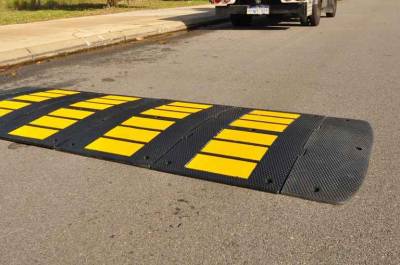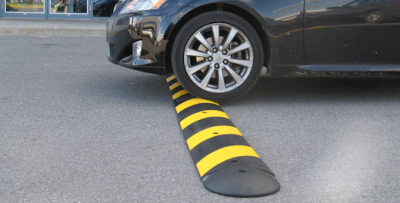The Unseen Heroes of Traffic Safety: Speed Bumps and Their Impact

The Importance of Speed Bumps in Ensuring Traffic Safety

Choosing the Right Speed Bumps for Your Parking Lot: A Guide to Car Park Safety
Speed bumps may often go unnoticed by many, but they are the unsung heroes of traffic safety. These unassuming safety equipment devices have a significant impact on reducing accidents and enhancing road safety. They are commonly found in residential neighborhoods, school zones, and parking lots, helping to keep drivers cautious and reduce the risk of collisions.
The primary purpose of speed bumps is to slow down vehicles. They force drivers to adhere to speed limits and exercise caution in areas where safety is a concern. Speed bumps are crucial in protecting pedestrians, particularly in areas with high foot traffic, such as near schools or shopping centers.
The installation and maintenance of speed bumps involve certain risks, and therefore, their use should always prioritize safety. Proper spacing between speed bumps, their correct height, and accompanying signage all play a role in their effectiveness. Neglecting maintenance can lead to damaged or ineffective speed bumps, which can pose safety hazards.
In conclusion, speed bumps are essential components of traffic safety, quietly working to keep our roads safe. Proper installation and regular maintenance ensure they continue to serve their purpose by reducing vehicle speed and enhancing road safety.




